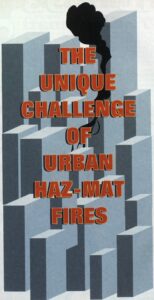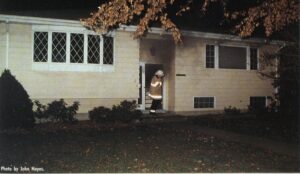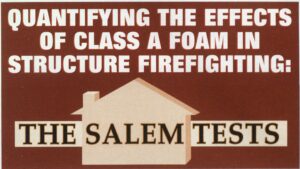THE UNIQUE CHALLENGE OF URBAN HAZ-MAT FIRES
In hospitals, hotels, and commercial and residential high-rise buildings, fire service professionals recognize the difficulty of complete building evacuation and either through building design or human behavior deal with the problems associated with large numbers of people in dangerous situations.









